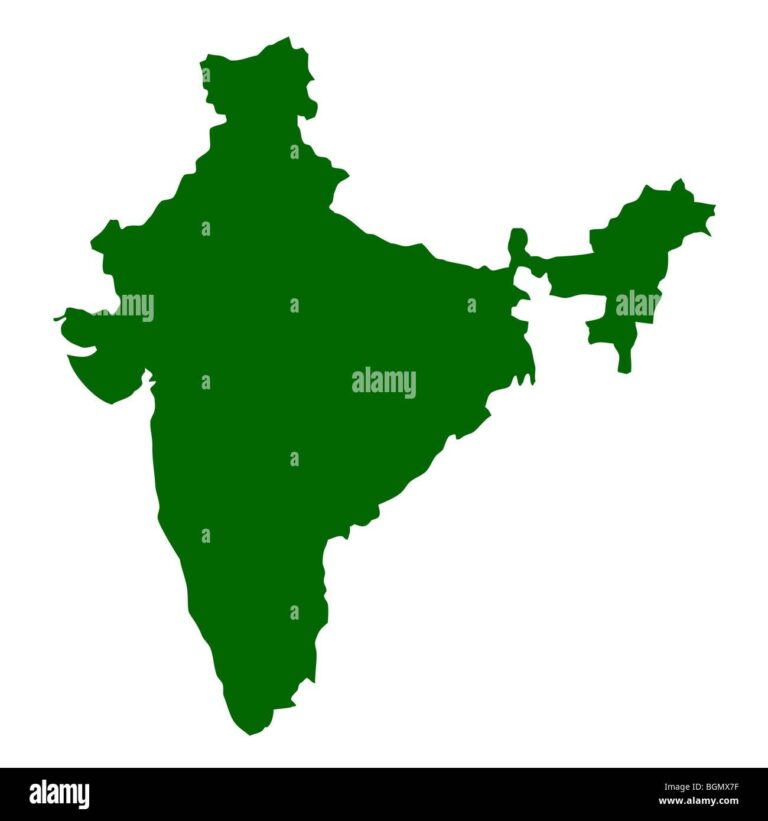In a strategic move to reduce dependence on China’s dominance in the rare earth magnets sector, India has embarked on an ambitious and challenging mission to develop its own capabilities in this critical technology. Rare earth magnets, essential components in industries ranging from defense to electronics and renewable energy, have long been controlled largely by China, posing significant supply chain vulnerabilities for many countries, including India. This article delves into India’s bold efforts to break this monopoly, exploring the policies, initiatives, and technological advancements aimed at securing a self-reliant future in rare earth magnets-a mission that is as crucial as it is complex.
India’s Strategic Push to Develop Indigenous Rare Earth Magnet Supply Chains
India is stepping up its game to lessen dependence on China’s near-monopoly in rare earth magnets, vital components powering everything from electric vehicles to defense equipment. By fostering a robust indigenous supply chain, the country aims to secure critical minerals through sustainable mining, domestic processing, and advanced manufacturing capabilities. Key initiatives include government-backed exploration projects, strategic partnerships with private industry, and state-of-the-art R&D centers focusing on alternative, eco-friendly magnet materials.
Key pillars of India’s strategic plan include:
- Expanding rare earth mineral extraction within states like Odisha and Andhra Pradesh
- Promoting research collaborations between national laboratories and academia
- Incentivizing private sector investment in magnet production and recycling technologies
- Establishing export controls to protect critical resources and technology
| Target Area | Current Status | Short-term Goal (2 years) |
|---|---|---|
| Rare Earth Ore Production | Limited domestic output | Boost production by 50% |
| Processing Facilities | Few functional plants | Establish 3 new refineries |
| Magnet Manufacturing | Nascent stage | Manufacture 20% of domestic demand |
Challenges Hindering India’s Efforts to Break China’s Monopoly on Critical Materials
India’s ambition to undercut China’s dominance over the rare earth magnet supply chain faces a labyrinth of challenges. First, the nation’s limited mining infrastructure and lack of advanced processing technology significantly hinder the extraction and refinement of critical minerals such as neodymium and dysprosium. Unlike China, which boasts vertically integrated supply chains, India struggles with inefficiencies that inflate production costs and extend timelines. Additionally, stringent environmental regulations and land acquisition hurdles further complicate the establishment of large-scale mining projects, often leading to delays and cost overruns.
On the geopolitical front, India’s effort is stymied by the enduring supply chain dependencies and inadequate international partnerships essential for sourcing raw materials and technological expertise. The domestic demand for rare earth materials across sectors like electronics and defense continues to grow, yet the lack of competitive downstream manufacturing capabilities limits India’s export potential. Below is a snapshot table highlighting key challenges and their impacts:
| Challenge | Impact |
|---|---|
| Mining & Processing Deficit | Higher production costs, delayed scalability |
| Regulatory & Environmental Barriers | Project approvals take longer, increase in compliance costs |
| Dependency on Imports | Vulnerability to external shocks, supply interruptions |
| Lack of Downstream Industry | Limited value addition, constrained export growth |
| Technology Gap | Slow innovation cycle, reduced global competitiveness |
Policy Recommendations to Boost Domestic Production and Ensure Resource Security
To reduce its dependency on Chinese rare earth magnets, India must adopt a multi-pronged approach focused on strengthening its domestic production capabilities and securing supply chains. This includes incentivizing private players through targeted subsidies, easing regulatory barriers for mining and processing activities, and fostering public-private partnerships. Leveraging technology transfer agreements and facilitating R&D investments will be crucial for creating a robust manufacturing ecosystem tailored for high-grade rare earth materials.
Furthermore, policy measures should emphasize strategic stockpiling and diversification of raw material sources to mitigate geopolitical risks. Establishing a national task force dedicated to resource mapping and sustainable extraction practices could accelerate efforts. Below is a summary of key policy actions:
- Financial support: Low-interest loans and grants for domestic rare earth projects.
- Regulatory reforms: Streamlined environmental clearances without compromising sustainability.
- Infrastructure development: Expansion of processing plants and supply chain logistics.
- International collaboration: Strategic partnerships with allied countries to access alternative sources.
| Policy Area | Proposed Initiative | Expected Outcome |
|---|---|---|
| Subsidies & Grants | Support new mining ventures | Increased domestic output |
| Environmental Regulation | Fast-track clearance processes | Reduced project lead time |
| Infrastructure Development | Expand processing plants and logistics | Improved supply chain efficiency |
| International Collaboration | Forge partnerships with allied countries | Diversified source access |
Feel free to specify how you’d like me to assist further!
Closing Remarks
As India embarks on its ambitious journey to challenge China’s dominance in the rare earth magnets sector, the road ahead is undeniably complex and demanding. Success will require strategic investments, technological innovation, and sustained policy support to build a resilient domestic supply chain. While the mission is bold, it reflects India’s broader intent to secure critical resources and assert greater self-reliance in the geopolitical arena. The coming years will reveal whether India can transform this difficult endeavor into a tangible shift in the global rare earth landscape.




